Whether it be primary, secondary or transit packaging, there are some top tips that help businesses better market their products and strengthen their brand. One industry that is very good at this, is the food packaging industry.
Food packaging is vitally important: not only does it protect food during transportation, but it also helps sell the food. You can have the same two products in two different packages, and if one looks much nicer it is much more likely to sell more.
Food packaging can also help to encourage repeat business, making it easy for customers to find and select your product in a shop. Though take note, it might also deter potential buyers if they don’t feel it’s genuine. This excellent food packaging comparison shows the reality of misleading food packaging, where in many cases the food product looks nothing like what the packaging suggests.
The key to good food packaging is a marriage of several elements such as practicality, attractiveness to customers and the ability to protect the food, amongst others.
We asked some top food packaging experts what they think are the key lessons that we can all learn from their industry:
1) Be honest about the way the your product looks
These designs for Stoats by Leeds based Robot Food feature a window through which the porridge oats can actually be seen. Using a window like this gives the customer an accurate depiction of what the product looks like before they buy; the appearance of the product is actually a factor in the decision to buy the product. If the customer is persuaded by the appearance of the food, they are less likely to be disappointed when the packaging is finally opened.
We sat down with Simon Forster from Robot Food to discuss their work for Stoats:
“For any brand with a limited marketing budget, it’s necessary for the packaging to tell the brand story and promote the product. This was the case for Stoats. Retaining enough from the previous design to make it easy for brand loyalists to understand, we injected a whole load of fun in a way that was true to the Stoats story. The new designs are eclectic, colourful and inviting to all ages. The naive illustration style feels homemade, almost as if the designs were created by the team at Stoats. The packaging has interest and brand tone of voice all over to keep you entertained while eating your breakfast.
It’s important to see the quality of the premixed porridges and the high content of fruit inclusion. The die cut windows show off the product in an engaging way that works with the design to create a morning scene, celebrating occasion. Natural cues are represented in the nature of the loose illustration, with wheat, fruit, birds and sky and further cues come from printing the card on the textured reverse and in the choice of fonts.”
This method of showing the food is recommended for organic products and other high quality luxury foods.
2) Create packaging people want to keep
Famous packages like the Kikkoman Soy Sauce bottle (designed by Kenji Ekuan) and the Coca-Cola bottle (created by Earl R. Dean) are not only iconic designs, but also collectors’ items within their own right. Both of these designs are often used as small vases for flowers, and the multi-use properties of packaging such as these will often influence a purchase/encourage a sale? Other industries that could adopt this approach include perfumers and shoe makers.
3) Be clear: communicate what the product is in a simple manner
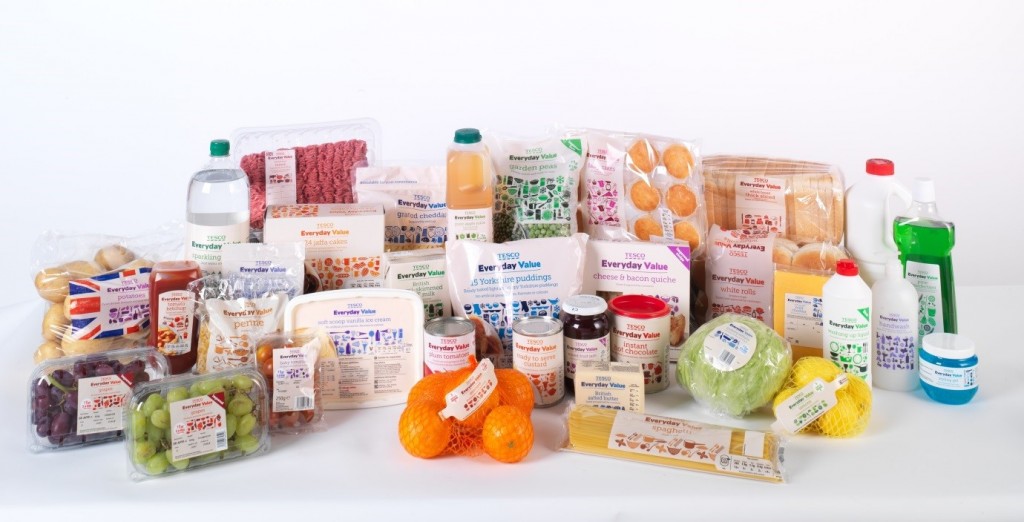
Some designs are not so clear, such as this infamous Fabuloso bottle: is it a fruit juice drink or a cleaning product?
Answer: It’s a cleaning product.
4) Always think about the environmental impact of your packaging
(because your customers do!)
This packaging for bananas in Morrisons went viral – and for good reason too. They really didn’t need to be wrapped in so much plastic and the environmental impact of so much packaging could be enormous in the long run.
When designing food packaging, a designer needs to consider not only how the packaging will be used to transport and sell the product, but what happens to once it’s thrown away. A good starting point is to ask the following questions:
- Are all of the parts of the packaging necessary?
- Are there any more environmentally responsible alternatives?
- Can the packaging be reused in any way?
- Can all of the packaging be recycled?
- Can some parts of the packaging be recycled and not others? If so, can these parts be separated easily?
5) Make it practical
It’s all well and good when packaging has a unique, eye-catching feature, but it still has to function well. These fruit inspired creations are not only exciting and eye-catching – they function exactly the same way as a normal juice carton:
For food packaging to be most effective, there should be a perfect marriage between aesthetics and use. An interesting looking package may be enough to tempt a customer into an initial purchase, but it’s the functionality that will keep them coming back. A great example of this is Heinz Ketchup bottles; according to ‘The Marketing Blog’, customers consumed 78% more ketchup after the bottle changed size and turned upside down.
6) Make it easy to transport
One of the key features of packaging is its ability to be transported. If you cannot transport your product easily and effectively without the packaging being damaged, then you cannot expect to sell many products successfully.
Nothing packs together as easily as a box, but boxes do not always make the most interesting package designs, so if you’re going to use experimental packaging make sure that the way it will be transported is practical and cost-effective.
The Toblerone chocolate bar box was designed to resemble a Swiss mountain range, but is also easily transported and stacked by turning some bars upside down and interlocking them.
In Summary
A customer’s first impression of your product is usually based on the packaging as it is the first thing they see, and that impression could dictate whether they become repeat customers or even brand advocates. Ensuring that your packaging is both fit for purpose and effectively designed will encourage repeat sales.
Effective packaging delivers the brand message, builds lasting relationships and gives the customer insight into the contents and quality of the product. Because the food industry is so competitive, brands have to stand out, whether that is conveyed by the design of their packaging or by showing the quality of the contents inside.







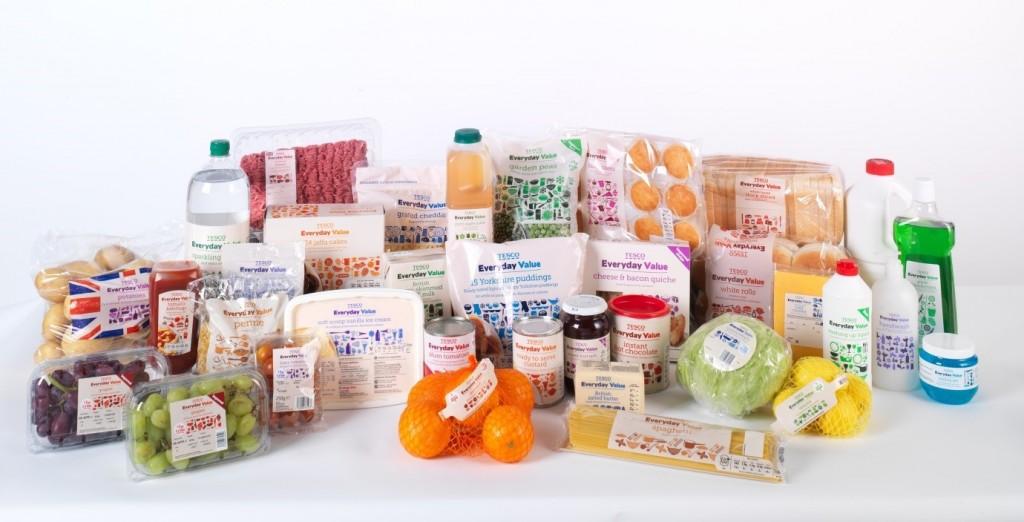







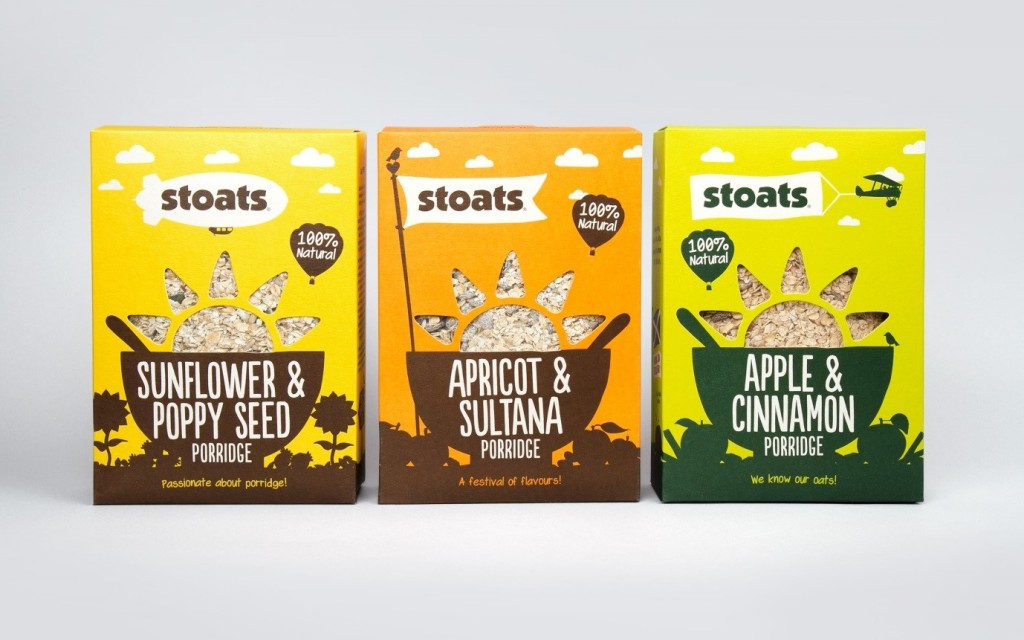
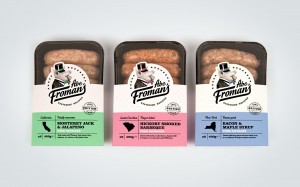
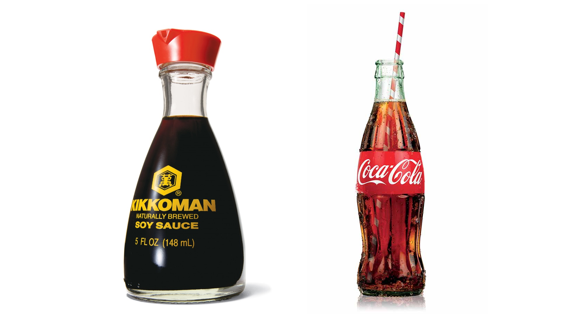
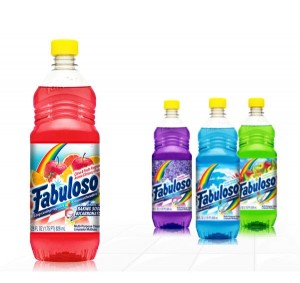
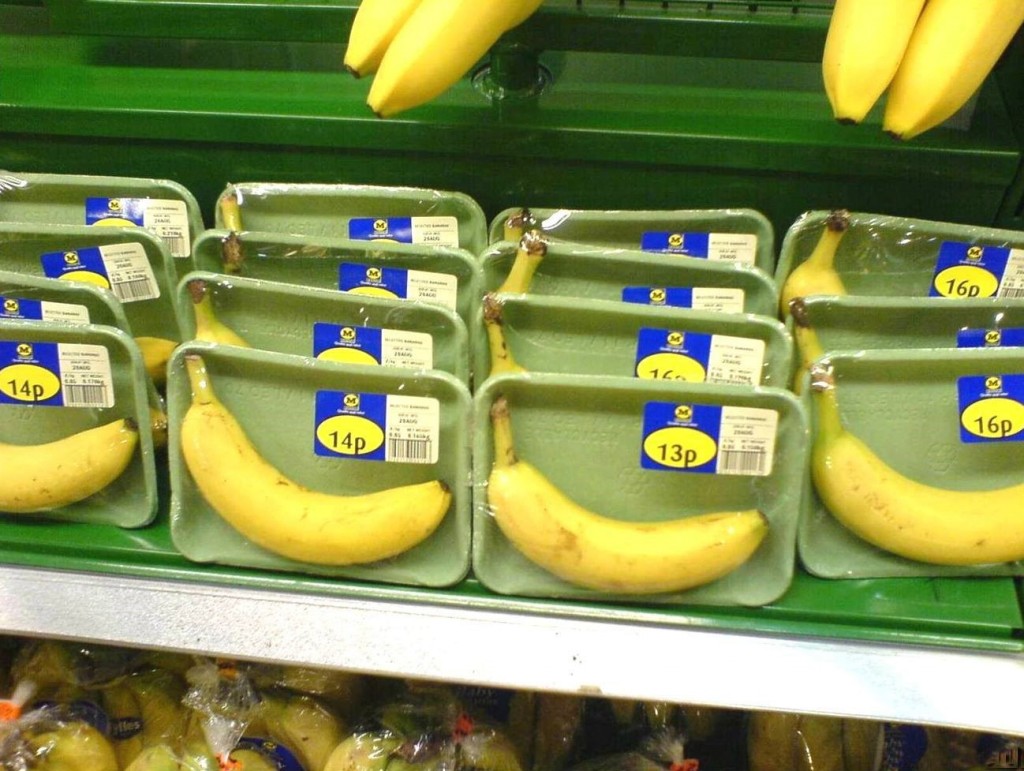
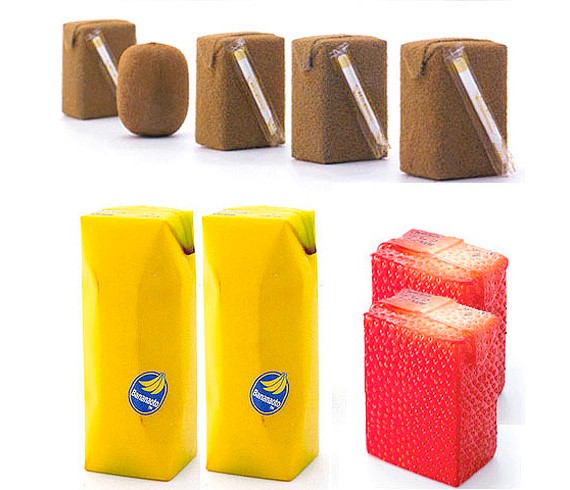
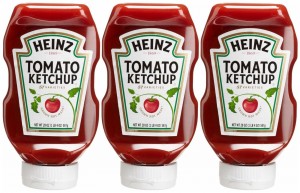
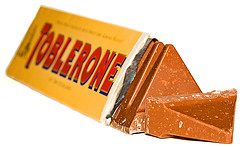
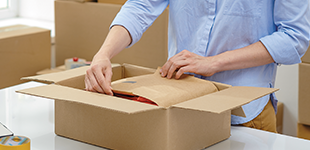
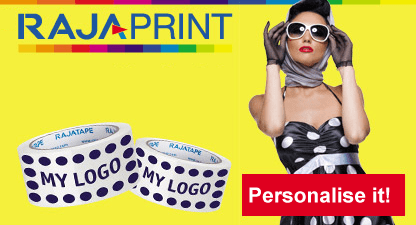

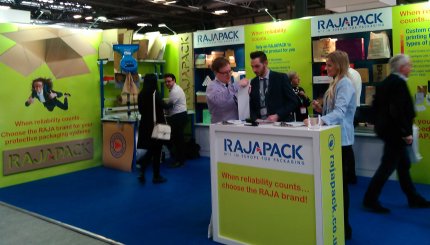
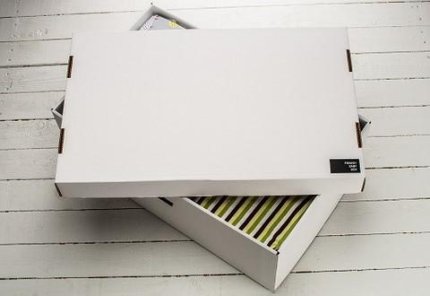

Hi there, Thanks for sharing this post, is a very helpful article.
Nice Blog & content is appreciable!
When it comes to food packaging, companies and individuals often prefer
environment-friendly and food-friendly packaging material.
Hi , my name is Gerard and I will like some advise on packaging on a product that I presently make and sell at my Cafe.
Thank you for your message, if you would like to contact the team at a time that suites you please call 0800 542 44 28 or email sales@rajapack.co.uk. In the mean time your email address has been passed to the Sales team who will be in contact touch shortly.